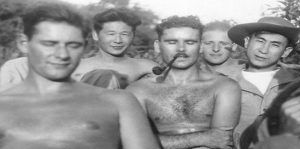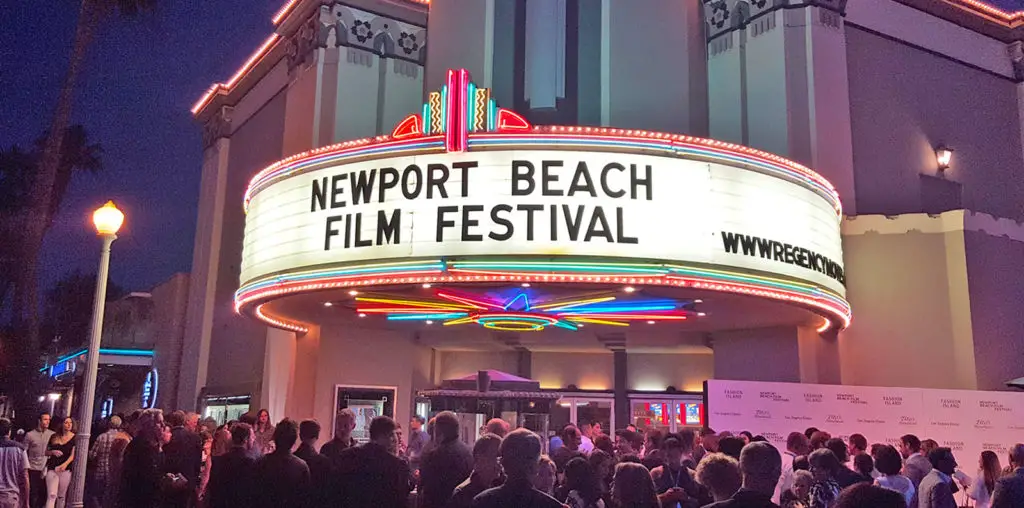
The Japanese-American Internment Camps are arguably the United States’ most significant unforced error in its victory in World War II. After the bombing of Pearl Harbor, large numbers of Americans enlisted in the war effort out of a sense of patriotism, including young Japanese-American men, but they were not allowed to fight. They were American citizen, but of Japanese descent. Sure, no problem for German and Italian men. President Roosevelt took things a step further and interred all Japanese in the U.S. into camps.
The fight in the Pacific was not easy, and it was a matter of time when the military realize that the Japanese Americans originally denied entry into the armed forces, would have been a valuable resource in the fight against their common foe. Thus the creation of a secret unit called the Military Intelligence Service (MIS). Over 6,000 in number, these men would serve as intelligence officers assigned to battalions to translate enemy communications, interrogate Japanese prisoners, and place their lives in jeopardy on the front lines.
“Secret” is the keyword in William Kubota and Steve Ozone’s documentary The Registry and the story of one man’s attempt to bring that secret to light. The members of the MIS received no honor and no real benefit for their sacrifice. They were not considered veterans of war. Records about the MIS either disappeared or were never recorded in the first place. The memory of the MIS has been left to a single man, Seiki Oshiro, a former member of the MIS and self-taught historian.

“…the military realize that the interred Japanese Americans would have been a valuable resource in the fight…”
In his suburban home in Minneapolis, Oshiro is the keeper of the only former registry of the Military Intelligence Service. The actual registry is an Excel spreadsheet containing details of the thousands of members of the MIS. His life’s work involves identifying each and every person on that list for the sake of posterity. The task is not an easy one for the elderly Oshiro. The list he obtained from government records has only each man’s first initial and last name, which is trouble when you have a few hundred ‘T. Nakamura’s to sift through.
Kubota and Ozone effectively convey the importance of Oshiro’s work. Well into their 90’s, the number of World War II veterans is rapidly diminishing with time. Many veterans have remained silent in part to Post-Traumatic Stress, and the fear is their stories will fade into oblivion as each man passes on.
Many survivors, their families, and historians rely on Oshiro’s efforts as a resource, bringing closure and honor to these men’s stories. In fact, the film follows one of those contacts making a pilgrimage to Minneapolis intent on meeting Oshiro for the first time and personally thank him for keeping alive the memory of his part and the part of others in the war.

“…dig up and write down our history, give honor to those who deserve homage…”
One of the most poignant stories told in The Registry is of Roy Matsumoto, who was assigned to the infamous Merrill’s Marauders in Burma. Their mission was to hide behind enemy lines and covertly disrupt Japanese supply chains. I suppose an early version of the IMF. The film follows Roy and his daughter as he attends a reunion with the remaining members of the marauders. Like many veterans, they don’t like talking about their experience, but miraculously open up when in each other’s company. Each Marauder tells stories of specifically how Roy saved their lives during a particular fight by yelling conflicting orders in Japanese, confusing the enemy into defeat. The daughter has some biting words to say during this reunion worth hearing.
The film also details the efforts of activist family members in bringing the MIS out into the light and give them the honor they truly deserve before it’s too late. Technology has gotten us to a point where we can easily store more and more history on silly things like what we ate for lunch last week. Indeed, this pales in comparison to stories of patriotism, sacrifice, and tragic mistakes we’ve made as a country and the bravery of the men who rose above those mistakes.
The Registry is an essential historical documentary challenging us to make every effort to dig up and write down our history, give honor to those who deserve homage, and ensure we never make the same horrific mistakes ever again.

The Registry (2018) Directed by William Kubota, Steve Ozone. Featuring Seiki Oshiro. The Registry screened at the 2018 G.I. Film Festival San Diego’s Opening Gala featuring Nisei Stories.
8 out of 10
Film Threat’s Theo Schear had the honor to follow William Kubota during the filming of The Registry (Click here to read Theo’s story)


My father was an instructor in the MIS Language School. He has since passed away but I would be interested in any information about the school and any records.